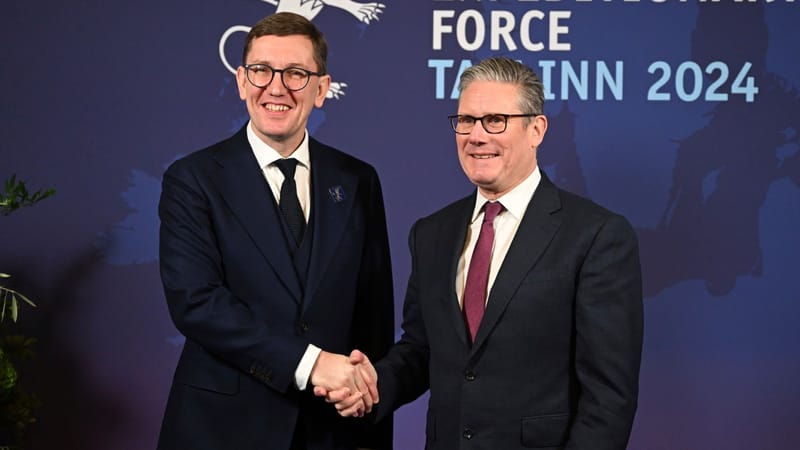The Suwalki Gap: A Strategic Flashpoint Amidst Growing Tensions
Situated along the Polish-Lithuanian border, the Suwalki Gap, a tiny sliver of land, plays an outsize role in the geopolitical chessboard of Eastern Europe. Separating Russia's Kaliningrad exclave from its Belarusian ally, this geographical bridge forms the only land connection between NATO's Baltic members—Latvia, Lithuania,

Situated along the Polish-Lithuanian border, the Suwalki Gap, a tiny sliver of land, plays an outsize role in the geopolitical chessboard of Eastern Europe. Separating Russia's Kaliningrad exclave from its Belarusian ally, this geographical bridge forms the only land connection between NATO's Baltic members—Latvia, Lithuania, and Estonia—and the rest of continental Europe.
The Suwalki Gap has gained even more strategic importance in recent years. While the Baltic countries' geographical isolation has slightly lessened with Finland joining NATO and Sweden considering the same, the Gap remains a critical security concern. Any Russian move to seize it would mean an act of war against Poland or Lithuania, both NATO members. This could trigger Article 5 of the NATO treaty, pertaining to collective defense, potentially sparking a wider conflict.
Recently, Poland has reported a potential threat along this line, claiming that 100 mercenaries from Russia's Wagner Group, currently based in Belarus, are heading towards the Suwalki region. While this may merely be an attempt from Warsaw to demonstrate vigilance or Moscow engaging in provocation, it has inevitably added to the tensions.
Belarusian President Lukashenko's offhand comments about the Wagner fighters desiring to head west have done little to assuage concerns. Poland's Prime Minister, Mateusz Morawiecki, has asserted that these troops, based near Grodno in western Belarus, might pose as migrants to cross the border.
This year, there have been about 16,000 attempts by migrants to cross the border illegally, a situation that Morawiecki blames on both Lukashenko and Russian President Putin. The troop movements, he argues, are another attempt to destabilize the border.
While it's possible that the Wagner soldiers may assist illegal migrants or attempt to infiltrate Poland, it's uncertain how they could be deployed in a manner similar to the "little green men" used in Crimea or Donetsk in 2014. The element of surprise and local support or indifference, which was present then, would be absent in Poland or Lithuania. Moreover, hybrid warfare is much better understood now than nine years ago, limiting their potential for unexpected moves.
The role of Wagner as an "independent" military contractor has been questioned after recent events. Any activity by them in Poland or Lithuania could easily trigger Article 5, escalating the situation to a dangerous level. As the Suwalki Gap continues to be a strategic flashpoint, the world watches with bated breath, hoping that diplomacy will prevail over armed confrontation.




